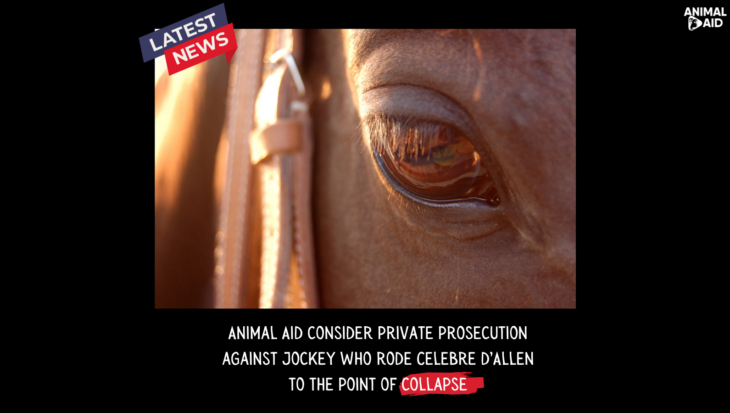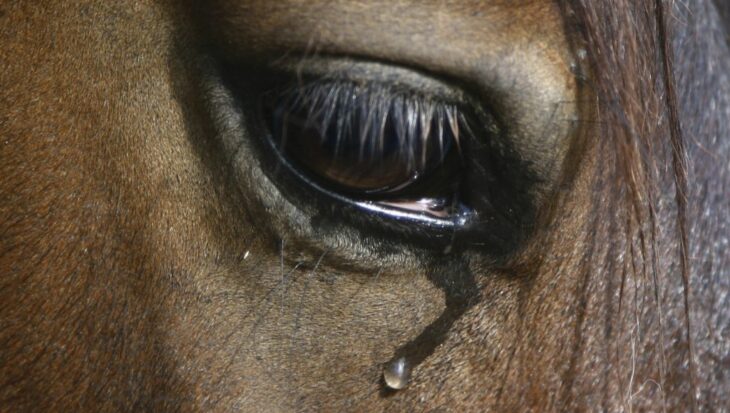The revelation came at an employment tribunal at which the former Training and Development Officer for the British Association for Shooting and Conservation (BASC) was claiming that he had been bullied out of his job.
Giving evidence under oath at the Shrewsbury hearing, Geoffrey Underwood explained that BASC had conducted research in order to dispose of allegations by bloodsports opponents that 30 per cent of game birds shot at on driven shoots were dying painful and protracted deaths because they were never recovered after being wounded. Underwood’s evidence was that an even greater number of birds did not die outright. ‘The BASC discovered,’ he said, ‘that 30 – 40 per cent of birds shot at are wounded and go off to die in the woods.’
When asked by the Tribunal Chairman to explain his allegation, he replied: ‘People are atrocious at judging the effective range of shotguns. This is a factor of lack of training.’
During an adjournment, Underwood repeated to an Animal Aid representative that he personally took part in the research. A number of driven shoots were examined. He had been issued with an event counter and recorded the number of birds who were clearly hit. (The effective lethal range of a shotgun is less than 35 yards.) The count of birds hit against the count of birds recovered was compared. BASC, Underwood told Animal Aid, was disappointed that its results showed that more birds were wounded than the number claimed by bloodsports opponents. It took the decision not to publish the results.
Says Animal Aid Shooting Consultant, Kit Davidson:
‘Some 40 million intensively reared pheasants and partridges are released in Britain each year to be killed for fun. Millions are run over or die from starvation and disease before they can be shot. And now we have it on good authority that 15 million die slowly from their wounds or become the easy prey for predators. The Dutch have banned the purpose-breeding of birds to be shot for sport. We urgently need just such a ban in Britain.’

